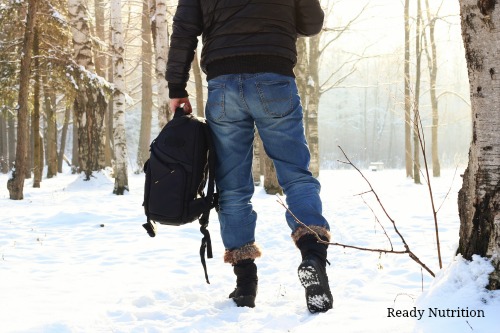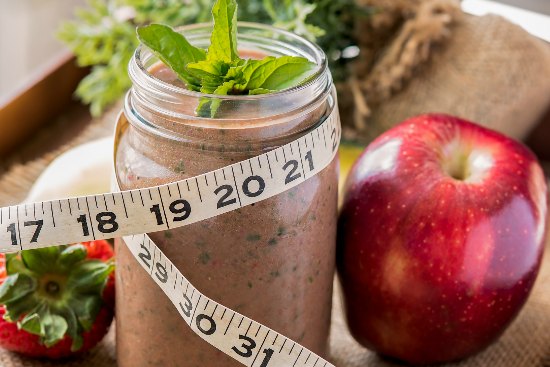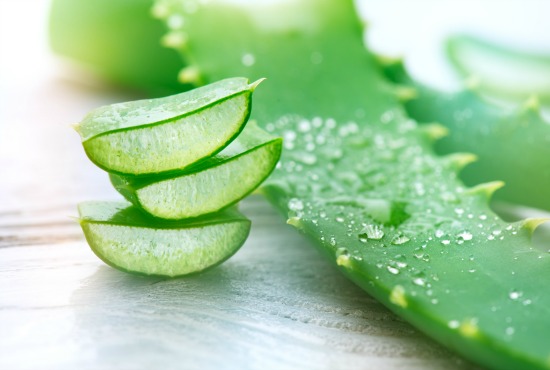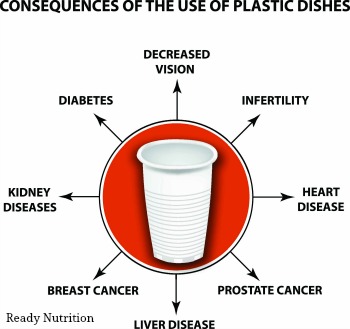January 2, 2019 — When the rains of Hurricane Harvey finally dissipated in late summer 2017, the potential for health hazards lingered on. At least 25 million gallons (95 million liters) of sewage floated through the streets of Houston and surrounding areas. Chemical and other industrial plants pulsed out millions of pounds of dangerous air pollution. Soggy homes grew mold and harbored bacteria and fine particles that snaked into residents’ lungs.
A full year after the storm, a survey found that one in every six Gulf Coast residents affected by Harvey said someone in their household had a new or worsened health condition. We can blame the hurricane for the health hazards, but that hurricane, according to experts, was made substantially worse because of climate change. And when it comes to the health hazards relating to climate change, hurricanes are far from the only culprit. Extreme heat events, increasingly frequent and severe wildfires, the spread of tick- and mosquito-borne diseases — these and more are affecting human health. And sitting on the front lines in the effort to prepare for, and respond to, all those climate-related health effects, are U.S. public health departments — state and local agencies around the country that are charged with assessing and protecting communities’ health and coordinating services.
“They’re where the rubber hits the road,” says Aaron Bernstein, a pediatrician at Boston Children’s Hospital and co-director of the Harvard T.H. Chan School of Public Health’s Center for Climate, Health, and the Global Environment (C-CHANGE). Public health departments large and small have begun climate change programs of various sorts.
…click on the above link to read the rest of the article…












 in the body’s fat cells and disrupts endocrine function…this is your body’s hormonal system. Here are two articles you can read to reference these problems:
in the body’s fat cells and disrupts endocrine function…this is your body’s hormonal system. Here are two articles you can read to reference these problems:


